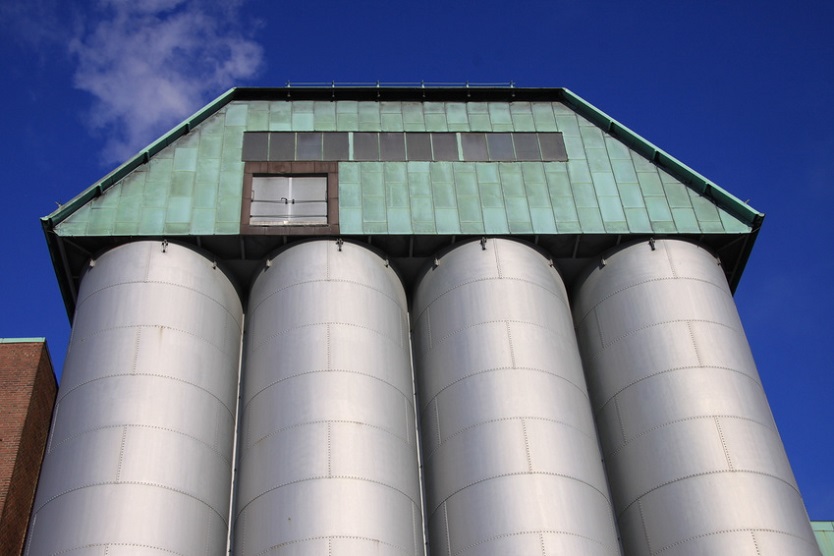A closer look: Waste heat recovery and heat displacement
Heat recovery or heat displacement are the most efficient and at the same time the simplest technological approaches to use waste heat in order to increase the overall energy efficiency and cost efficiency. Wenn die Abwärme aus einem Prozess oder aus der Umgebung wieder zurückzugewonnen wird, dann kann diese im selben Prozess, in derselben Anlage weiter genutzt werden.
Heat exchangers are often used for this purpose. Heat exchangers transfer the waste heat to a transport medium, which then forwards the heat to other units. Examples of direct use are combustion air preheating, or preheating and drying of the source materials, or preheating of water and evaporation.
If waste heat cannot be used directly, consideration should be given to using waste heat within the organisation at the highest possible temperature level in other processes, such as heating water or providing room heating. If the temperatures in the waste heat sink are too low, heat pumps can be used to increase the temperature level.
Another possibility is the sale of non-usable waste heat to third parties, such as neighbouring companies or a local or district heating network or to meet the heat requirements of public buildings and households. However, losses occur when this happens. Furthermore, transferring waste heat to third parties requires additional transport infrastructure such as local and district heating pipes, buffer storage etc.



